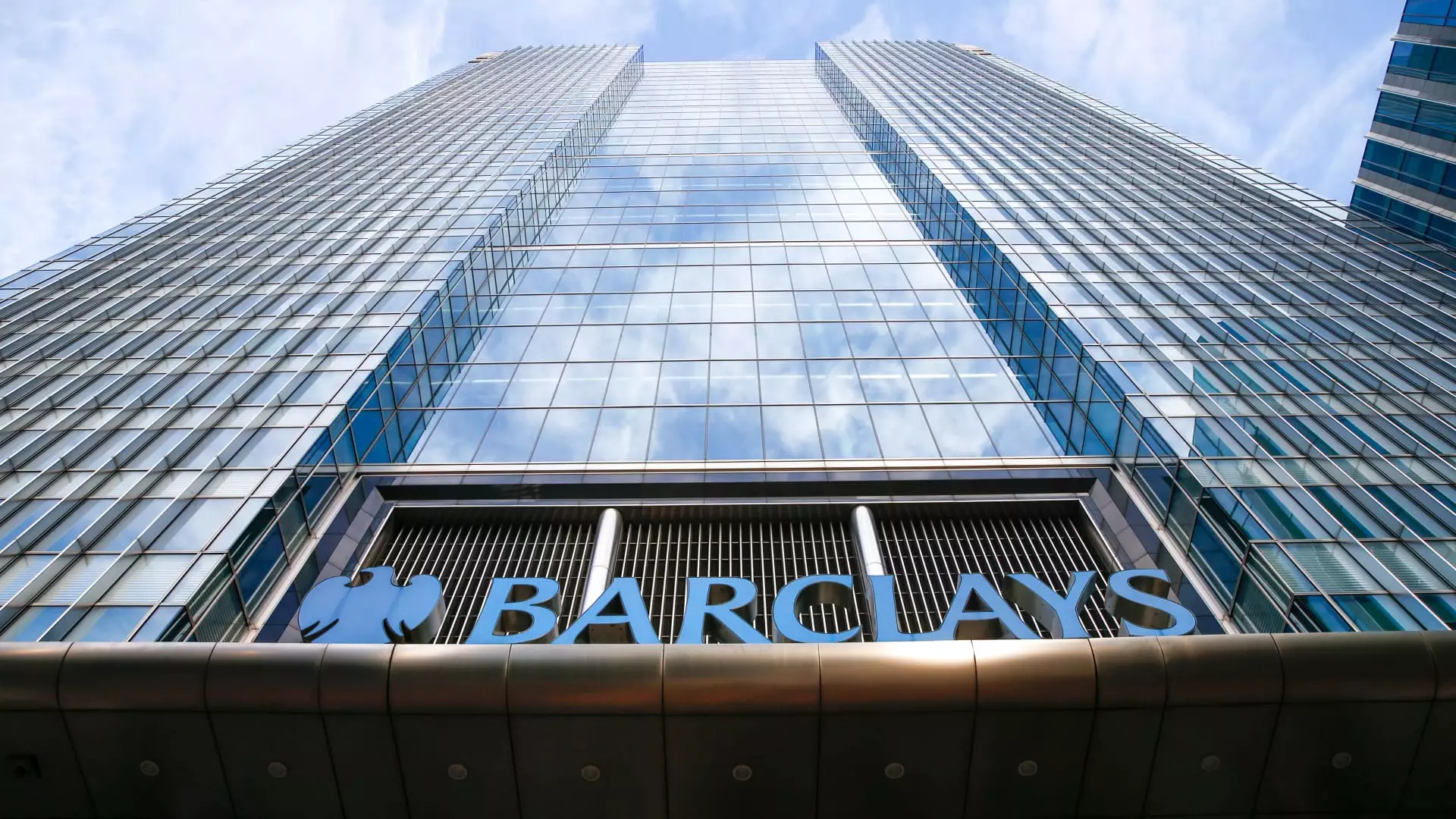Barclays recently reported its second-quarter financial results, showing a net profit slightly lower than the previous year. Despite a decline in net interest income in its core U.K. units, the bank’s performance managed to exceed analysts’ expectations.
Barclays reported a net profit attributable to shareholders of £1.2 billion, which was below the £1.3 billion achieved in the second quarter of 2023. Revenue for the latest quarter was £6.3 billion, slightly above the forecast of £6.25 billion. The bank also announced a share buyback program of up to £750 million, signaling confidence in its financial position.
Net interest income at Barclays’ consumer bank dropped by 4% year-on-year to £3.15 billion, with the net interest margin decreasing from 3.2% to 3.15%. This decline was partially offset by stronger performance in the investment bank, where income increased by 10% to £3.02 billion in the second quarter.
Max Georgiou, an analyst at research firm Third Bridge, noted that Barclays’ investment banking revenue had outperformed expectations, which bodes well for the bank’s future targets. He emphasized the importance of growing market share in the U.S. to sustain this positive momentum.
Barclays raised its full-year net interest income target for the group, excluding certain divisions, to approximately £11 billion. The bank’s common equity tier one (CET1) capital ratio stood at 13.6%, reflecting its financial strength despite the challenges in the economic environment.
Barclays initiated a major restructuring plan to enhance efficiencies and improve profitability, leading to a significant increase in its share price. While the restructure initially resulted in a net loss, the bank returned to profit in the first quarter of the year, demonstrating the effectiveness of its strategic initiatives.
Group Chief Executive C. S. Venkatakrishnan expressed satisfaction with the progress made under the three-year plan, with return on tangible equity meeting the set target. He highlighted key achievements such as the sale of assets and the upcoming acquisition of Tesco Bank, indicating Barclays’ commitment to strategic growth.
Barclays’ financial performance in the second quarter reflected a mix of challenges and opportunities. While certain divisions experienced a decline in net interest income, the bank’s investment banking segment showed resilience. With a focus on strategic restructuring and efficiency improvements, Barclays remains optimistic about its future growth prospects.

